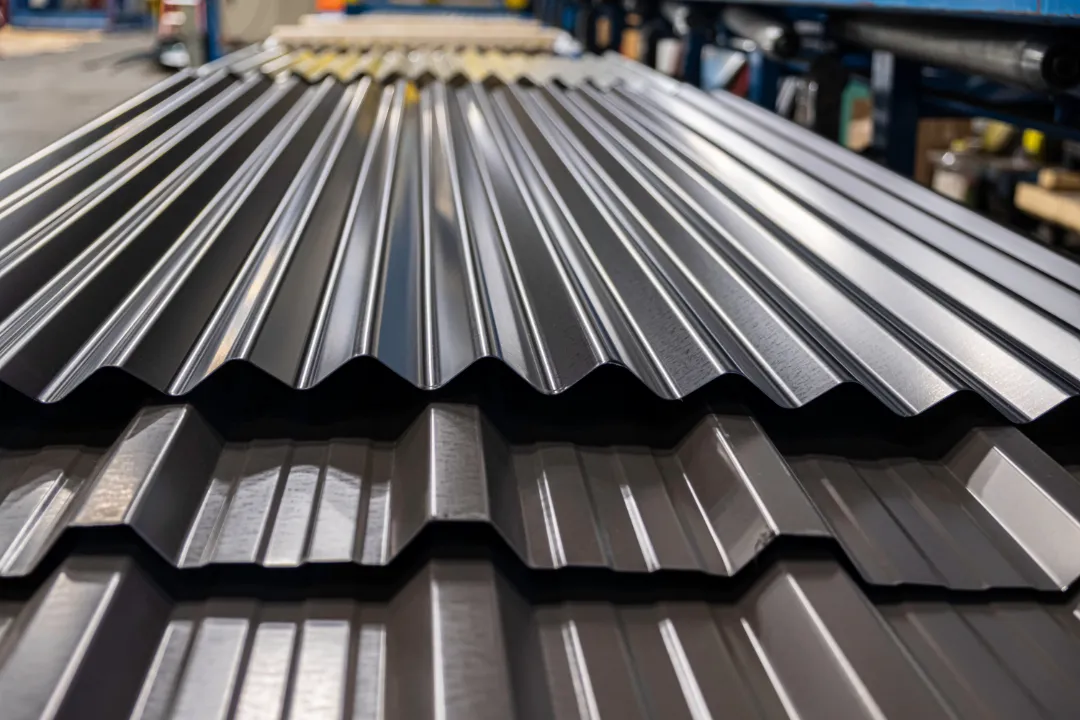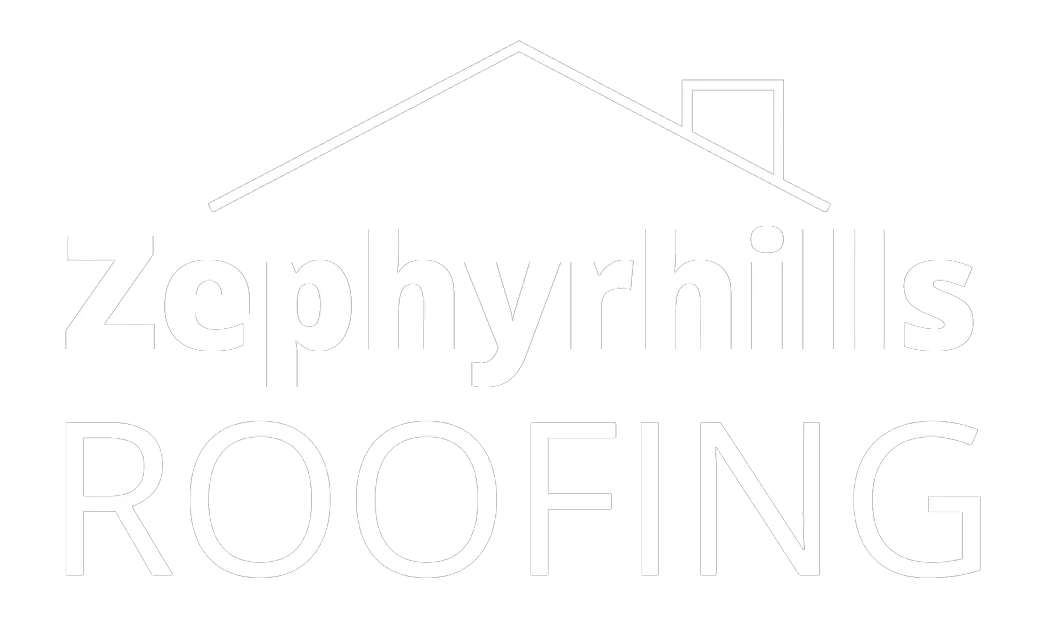ZEPHYRHILLS ROOFING BLOG
Take A Deep Dive Into Our Roofing Topics

Raising the Roof: Common Roofing Problems and How to Solve Them
We've all heard the saying, "a roof over our heads." It's a comforting metaphor that reminds us of the importance of having a safe and secure home. But what happens when that roof starts to show signs of wear and tear? Well, that's where we come in. In this discussion, we'll be exploring common roofing problems and, more importantly, how to solve them. From leaks and water damage to shingle and tile issues, we'll delve into the world of roofing repairs and maintenance. So, whether you're a homeowner in need of some guidance or simply curious about the ins and outs of roof care, stick around - you won't want to miss what we have in store.
Leaks and Water Damage
We've encountered our fair share of roofing problems, but one of the most common and troublesome issues we've faced is leaks and water damage. Maintaining a roof is crucial to prevent leaks and water damage from occurring. Regular roof maintenance, such as cleaning gutters and inspecting for any signs of damage, can go a long way in preventing these issues. However, even with proper maintenance, leaks can still happen. When we encounter a leak, our first step is to assess the extent of the damage. Then, we call in a professional repair service to fix the problem. Professional repair is essential because they have the expertise and tools to identify the source of the leak and provide a lasting solution. They will inspect the roof, determine the cause of the leak, and make the necessary repairs. Additionally, they may recommend additional maintenance or improvements to prevent future leaks. In conclusion, leaks and water damage are common roofing problems, but with regular maintenance and professional repair, they can be effectively managed and minimized.
Shingle and Tile Issues
Shingle and tile issues can pose significant challenges for homeowners. Whether it's the need for shingle replacement or tile maintenance, these problems require attention and action. Over time, shingles can become damaged or worn out due to exposure to harsh weather conditions. In such cases, it's crucial to address the issue promptly to prevent further damage to the roof. Shingle replacement involves removing the damaged shingles and installing new ones to ensure the roof's integrity.
Tile maintenance is another important aspect of roof care. Tiles can crack or break, especially if they are made of brittle materials like clay or concrete. Regular inspection is essential to identify any damaged tiles and replace them as needed. Additionally, it is important to keep the tiles clean and free from debris to prevent water accumulation and potential damage.
To ensure the longevity and functionality of your roof, it's essential to address any shingle or tile issues promptly. Regular maintenance and inspections can help identify problems early on, preventing costly repairs in the future. By staying proactive and taking necessary steps, homeowners can maintain a strong and reliable roof for years to come.
Poor Ventilation and Insulation
After addressing shingle and tile issues, the next challenge that homeowners may face with their roofing is poor ventilation and insulation. Inadequate ventilation and insulation not only affect the overall energy efficiency of a home but also lead to condensation problems. Proper ventilation is crucial as it helps to remove excess heat and moisture from the attic, preventing the formation of condensation and mold. Without adequate insulation, a home can experience heat loss in the winter and heat gain in the summer, resulting in increased energy consumption and higher utility bills.
To improve energy efficiency and condensation control, homeowners should consider adding insulation to their attic. This can be done by installing fiberglass batts or blown-in insulation. In addition to insulation, proper ventilation is essential. This can be achieved through the use of ridge vents, soffit vents, and gable vents. These vents help to create a continuous airflow, allowing hot air to escape and fresh air to enter the attic.
It is important for homeowners to regularly inspect and maintain their ventilation and insulation systems. Any signs of condensation, mold growth, or inadequate airflow should be addressed promptly. By ensuring proper ventilation and insulation, homeowners can improve energy efficiency, reduce condensation problems, and create a more comfortable living environment.
Gutters and Drainage Problems
To effectively address roofing problems, one must not overlook the importance of gutters and drainage systems. Clogged gutters can lead to a host of issues, including water damage, mold growth, and even structural problems. When gutters become clogged with leaves, debris, or dirt, they are unable to properly direct water away from the roof. This can result in water overflowing and seeping into the walls, ceilings, and foundation of the house, causing significant damage over time.
One of the main concerns with clogged gutters is the potential for foundation damage. When water is not effectively directed away from the roof, it can pool around the foundation of the house. This excess moisture can cause the soil to expand and contract, leading to cracks in the foundation. Over time, these cracks can worsen, compromising the structural integrity of the entire house.
To prevent clogged gutters and the subsequent foundation damage, regular maintenance is essential. This includes cleaning the gutters at least twice a year, or more frequently if you live in an area with heavy foliage. Additionally, installing gutter guards can help to keep leaves and debris out of the gutters, ensuring that water can flow freely and be properly directed away from the roof and foundation. By addressing gutter and drainage problems, you can protect your home from costly repairs and maintain the longevity of your roof.
Damage From Storms and Natural Disasters
During severe storms and natural disasters, our roofs can sustain significant damage that requires immediate attention. When faced with such situations, it is crucial to act promptly and address the issues to prevent further complications. One of the first steps to take after a storm or natural disaster is to assess the damage. Look for signs of missing or broken shingles, leaks, or structural damage. If you notice any issues, it is essential to contact a professional for roof repair as soon as possible.
When it comes to repairing your roof after a storm or natural disaster, it is crucial to consider your insurance coverage. Most homeowner's insurance policies cover storm-related damages, but it is important to review your policy to understand the extent of coverage. Contact your insurance provider to report the damage and initiate the claim process. They will likely send an adjuster to assess the damage and determine the amount of coverage you are eligible for.
Once you have determined the extent of the damage and filed an insurance claim, it is time to hire a reputable roofing contractor for the necessary repairs. Ensure that the contractor you choose is licensed, insured, and experienced in storm damage repairs. They should provide you with a detailed estimate and timeline for the repairs.
Remember that addressing roof damage promptly is crucial to prevent further issues, such as leaks and structural damage. By following these steps and working with professionals, you can ensure that your roof is repaired effectively and efficiently after a storm or natural disaster.
Conclusion
In conclusion, when it comes to common roofing problems, it is essential to address them promptly and effectively. Whether it's dealing with leaks and water damage, shingle and tile issues, poor ventilation and insulation, gutters and drainage problems, or damage from storms and natural disasters, taking the necessary steps to solve these issues is crucial. By doing so, you can maintain the integrity of your roof and ensure the safety and comfort of your home.
Connect With Us
© Copyright 2025 Zephyrhills Roofing. All Rights Reserved.
Terms & Conditions | Privacy Policy

